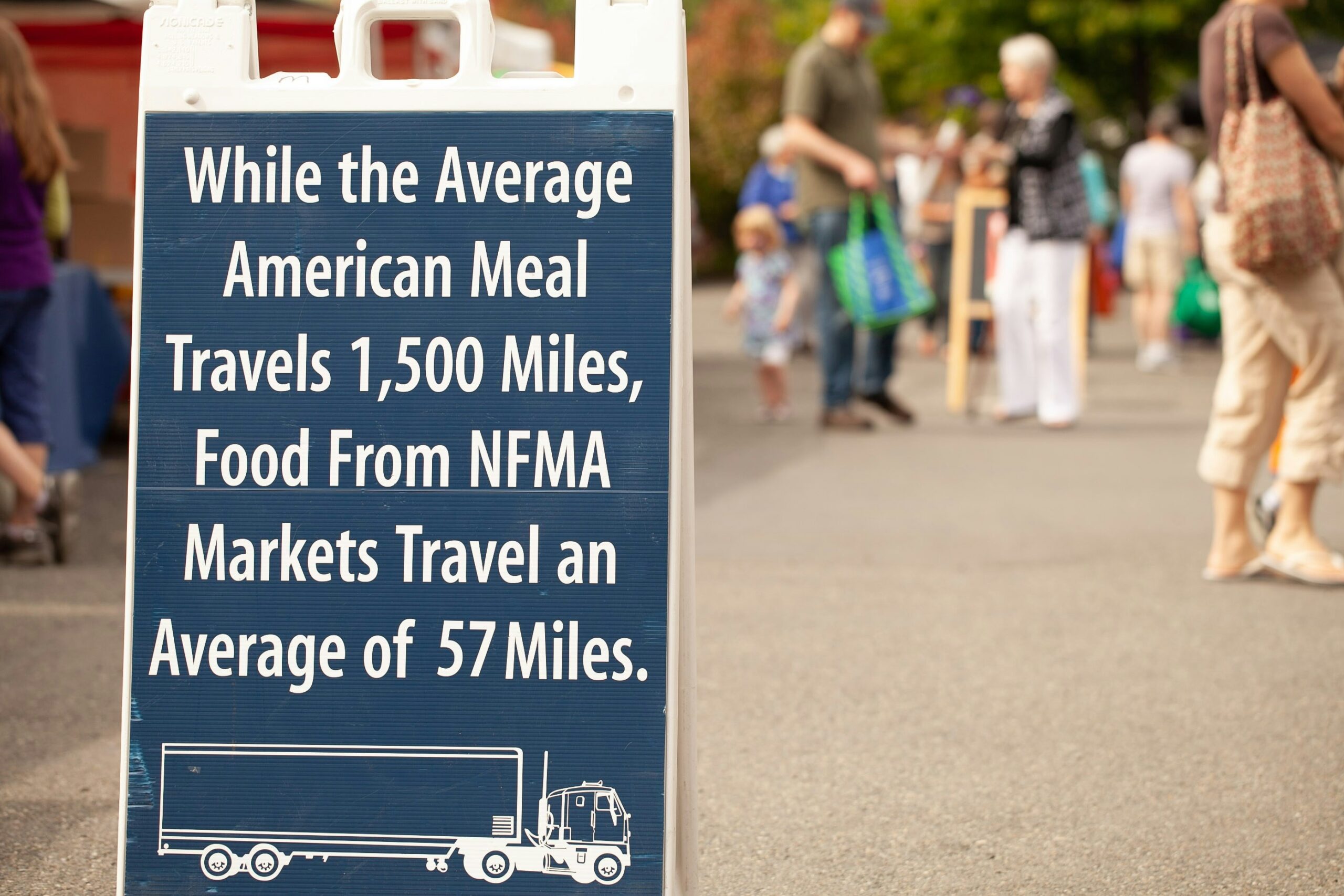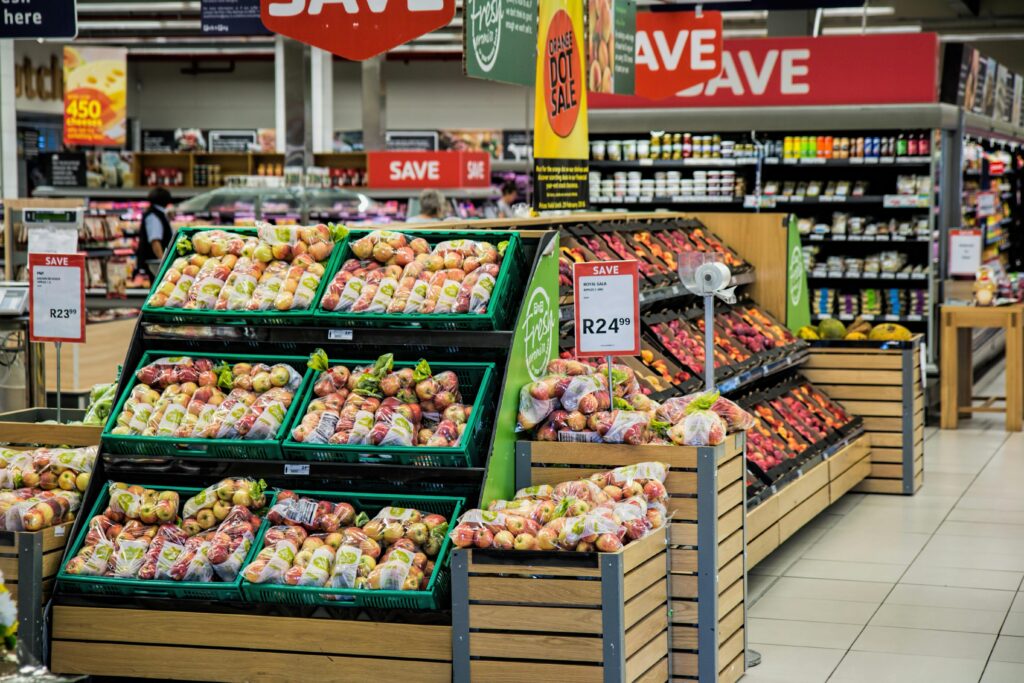Ever walked into a grocery store with the best intentions, only to leave $200 lighter and without half the things you actually needed? Yeah, us too. It’s frustrating, overwhelming, and frankly, feels like your wallet just went through a blender. But here’s the good news: mastering budget-friendly shopping isn’t as hard as it seems—especially when you know where to shop smartly. Welcome to “Smart Buys,” your ultimate guide to navigating top-friendly markets while keeping your spending in check.
In this post, we’ll dig deep into the secrets of budget shopping like a pro. You’ll uncover:
– The psychology behind Smart Buys (because yes, there’s science!)
– Actionable strategies to stretch your dollar further
– Real-world tips and tricks for snagging deals
And much more. Grab your notepad because this is about to get *chef’s kiss.*
Table of Contents
- The Problem with Grocery Shopping Today
- Step-by-Step Guide to Smart Buys
- Tips & Best Practices for Budget Shopping
- Real-Life Shopping Success Stories
- Frequently Asked Questions
Key Takeaways
- Friendly markets offer unbeatable value if you know how to shop strategically.
- Planning weekly meals and sticking to a list are non-negotiables for smart shoppers.
- Coupons, apps, and loyalty programs can save hundreds annually on groceries.
- Buying seasonal produce and bulk essentials can significantly reduce costs.
The Problem with Grocery Shopping Today
Grocery shopping used to be simple—grab what you need, pay, and go. But nowadays? Between sky-high prices, confusing promotions, and endless aisles of choice paralysis, even picking cereal feels like a test of endurance. According to recent stats, the average American household spends over $8,000 annually on food alone—that’s roughly $667 per month! No wonder so many people feel overwhelmed.

Here’s my confession: I once bought five boxes of oatmeal because they were “buy one, get one free”… only to realize later that I hate oatmeal. That’s $15 straight down the drain. Painful lessons aside, the truth is, most shoppers aren’t aware of all the tools and tactics available to make their money work harder at friendly markets. Spoiler alert: This stops now.
“Optimist You:”
“Budget shopping doesn’t have to feel impossible!”
“Grumpy You:”
“Ugh, but it does require coffee and serious planning.”
Step-by-Step Guide to Smart Buys
Want to shop smarter, not harder? Here’s your foolproof plan:
Step 1: Set a Clear Budget
Skip the guessing game. Sit down, calculate exactly how much you can afford to spend each week, and stick to it. Pro tip? Use cash envelopes to physically limit yourself from overspending—it sounds old-school, but trust me, it works.
Step 2: Plan Your Meals Ahead
This is the golden rule of Smart Buys. Create a menu for the week based on what’s already in your pantry, then build your shopping list around it. For example, if you’ve got leftover chicken breast, plan a stir-fry instead of buying new ingredients.
Step 3: Shop Seasonal Produce
When fruits and veggies are in season, they’re cheaper and fresher. Think strawberries in June or pumpkins in October. Plus, you’re doing Mother Nature a solid by reducing carbon emissions from imports.
Step 4: Leverage Coupons and Apps
Gone are the days of clipping paper coupons. Download apps like Honey, Ibotta, or Rakuten to earn cashback effortlessly. And don’t forget those email newsletters from your favorite stores—they often include exclusive discounts.
Tips & Best Practices for Budget Shopping
- Avoid Shopping Hungry: Science shows hunger makes us buy impulsively. Save your cash—not your cravings.
- Become a Bulk Buyer: Stock up on non-perishables like rice, beans, and pasta when they’re on sale.
- Stick to the Outer Aisles: Most fresh, healthy foods live here. Processed junk typically hides in the middle aisles.
- Double-Check Unit Prices: Sometimes bigger isn’t always better. Compare unit prices to ensure you’re getting the best deal.
Real-Life Shopping Success Stories
Meet Sarah, a busy mom who slashed her grocery bill by 40% using these methods. She started meal prepping on Sundays, utilized her local farmer’s market, and downloaded every relevant app she could find. Within three months, she’d saved over $500! Her secret weapon? Buying frozen veggies in bulk and swapping out expensive snacks for homemade ones.

Frequently Asked Questions
Q: Where can I find the friendliest markets?
A: Look for local co-ops, discount chains like Aldi or Lidl, and online delivery services offering subscription savings.
Q: Can I still eat organic on a budget?
A: Absolutely. Prioritize buying organic versions of the “Dirty Dozen” (produce items most likely to carry pesticide residue) while opting for conventional alternatives for others.
Q: What’s a terrible tip I should avoid?
A: Don’t fall for bogus “miracle products”—like water enhancers claiming to turn tap water into Fiji spring water. Those gimmicks waste both time and money.
Conclusion
Budget-friendly shopping doesn’t mean giving up quality or convenience. With a bit of strategy, some smart planning, and insider tricks, you can master the art of Smart Buys at top-friendly markets. Remember: Every dollar counts, and small changes add up big time.
Before you rush off to conquer your next grocery trip, here’s a little something to brighten your day:
Saving cash feels so divine, Coupon codes, perfect wine. Bulk oats stored in a jar— Your fridge is now a star.


